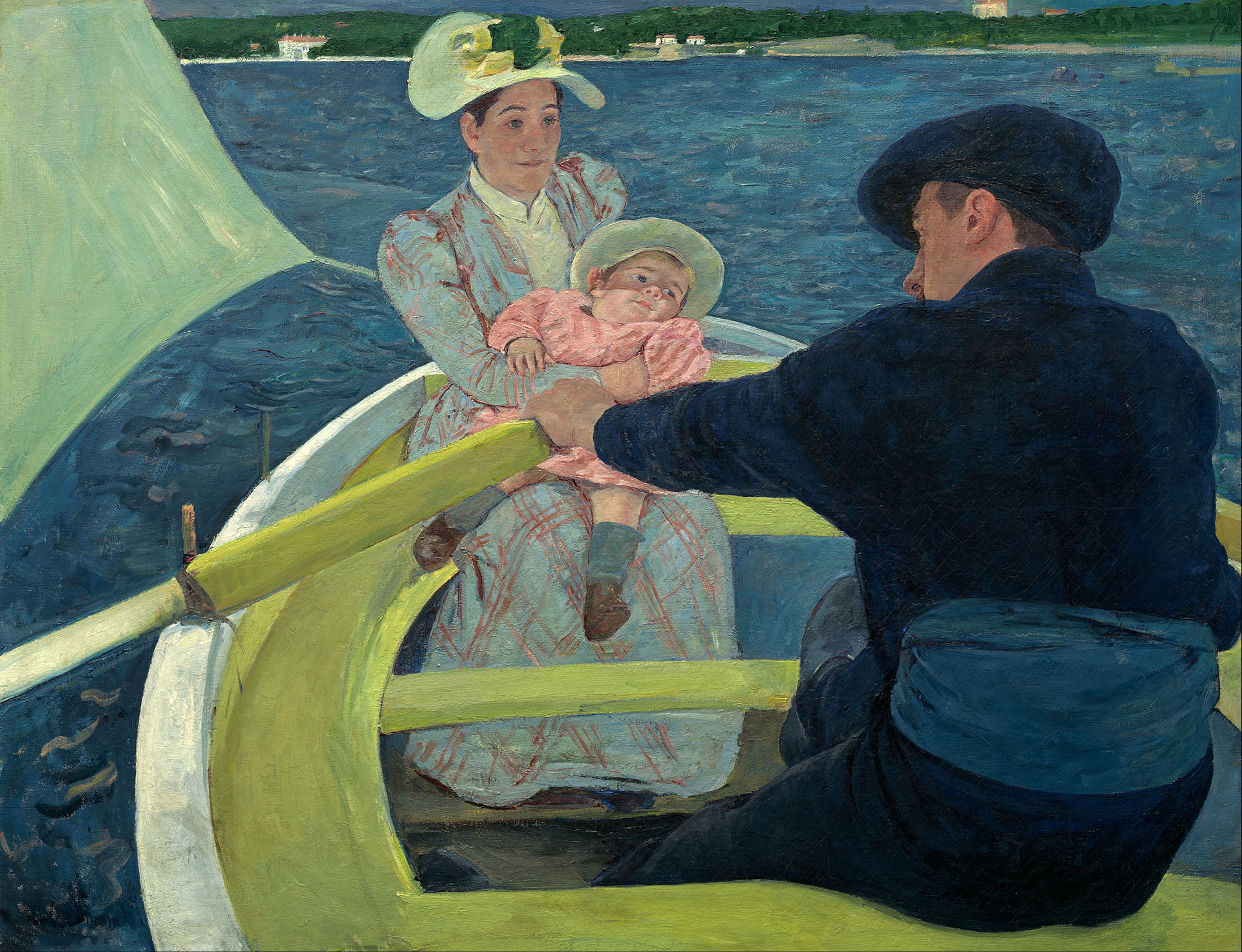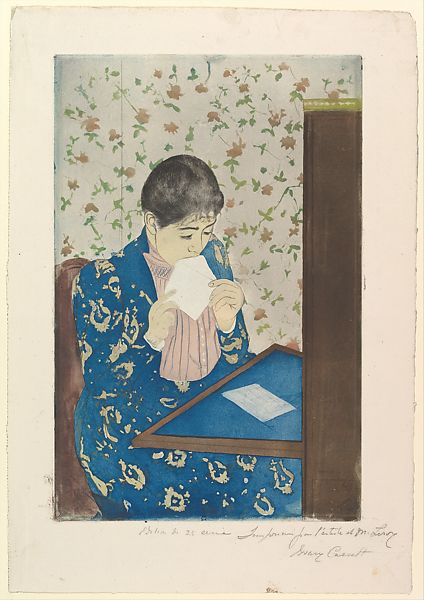Cassatt and her contemporaries enjoyed the wave of feminism that occurred in the 1840s, allowing them access to educational institutions at newly coed colleges and universities, such as Oberlin and the University of Michigan. Likewise, women's colleges such as Vassar, Smith and Wellesley opened their doors during this time. Cassat was an outspoken advocate for women's equality, campaigning with her friends for equal travel scholarships for students in the 1860s, and the right to vote in the 1910s.
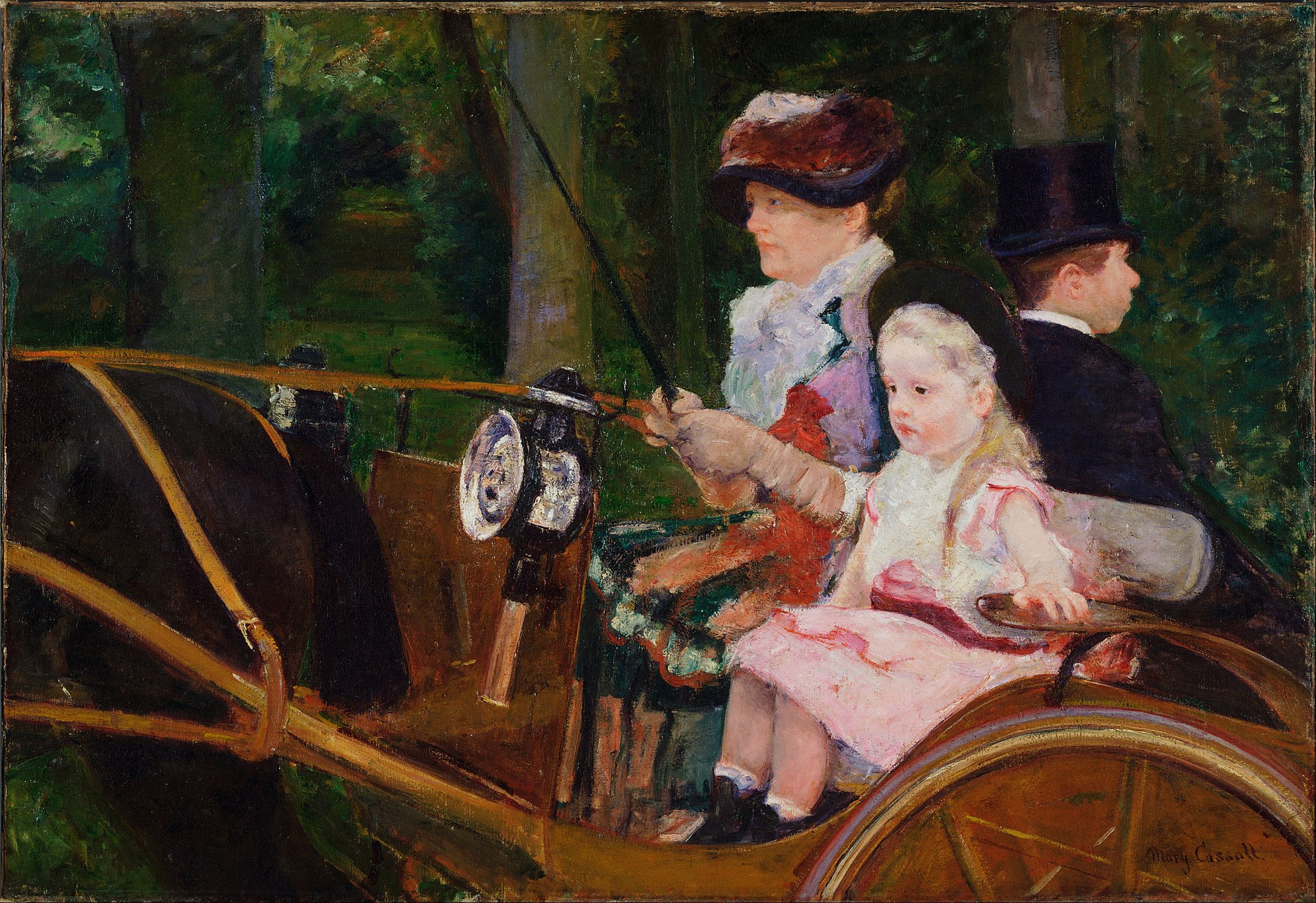
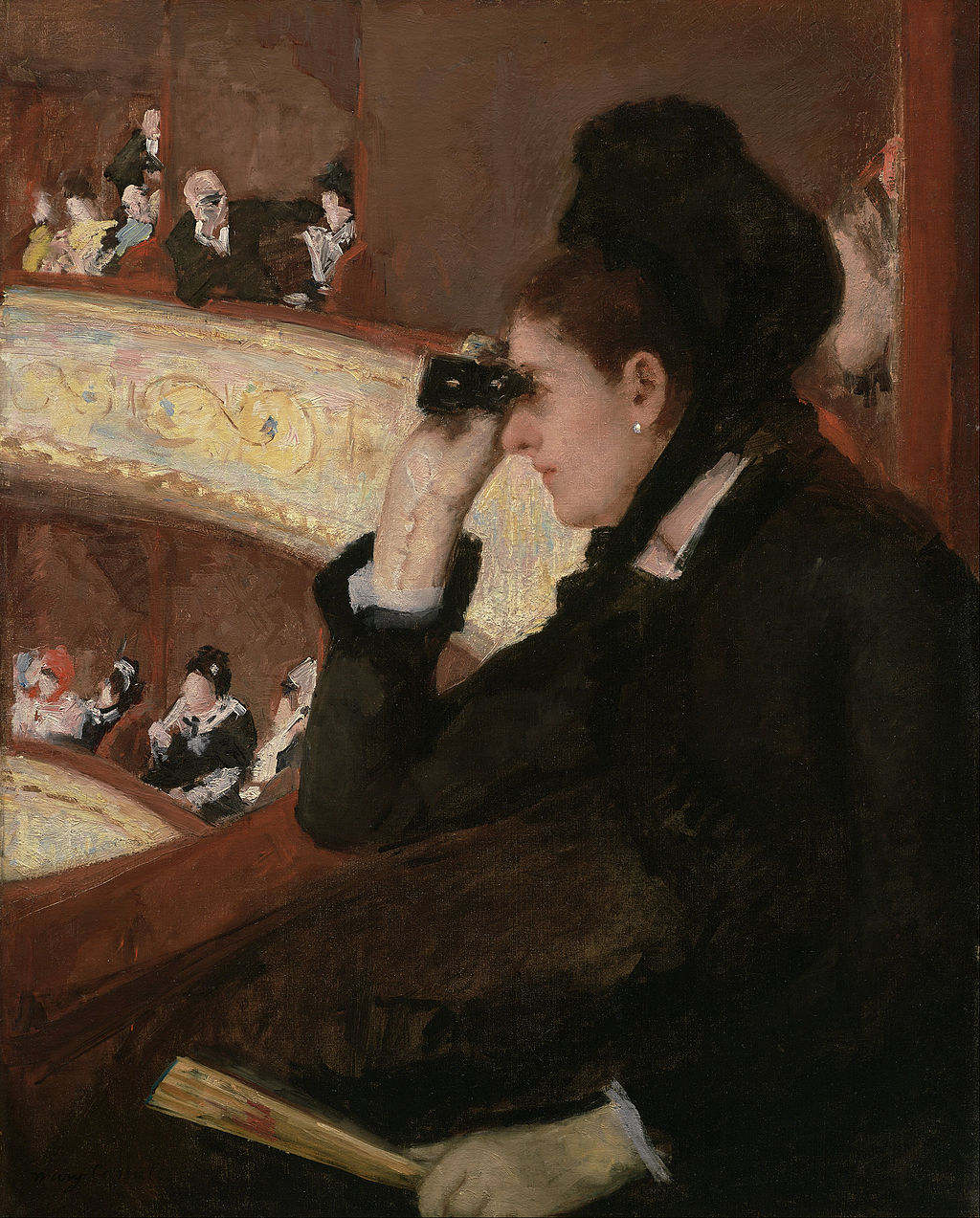
Mary Cassatt depicted the "New Woman" of the 19th century from the woman's perspective. As a successful, highly trained woman artist who never married, Cassatt—like Ellen Day Hale, Elizabeth Coffin, Elizabeth Nourse and Cecilia Beaux—personified the "New Woman". She "initiated the profound beginnings in recreating the image of the 'new' women", drawn from the influence of her intelligent and active mother, Katherine Cassatt, who believed in educating women to be knowledgeable and socially active. She is depicted in Reading 'Le Figaro' (1878).
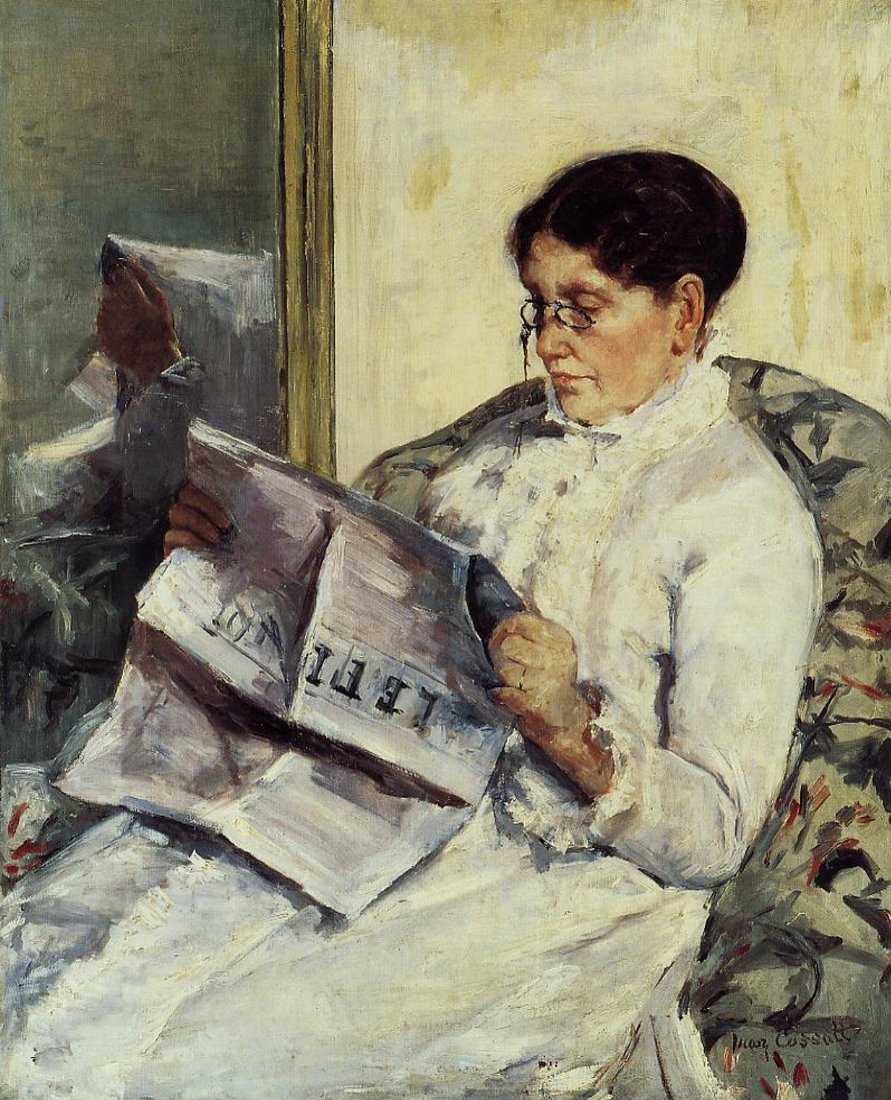
Although Cassatt did not explicitly make political statements about women's rights in her work, her artistic portrayal of women was consistently done with dignity and the suggestion of a deeper, meaningful inner life. Cassatt objected to being stereotyped as a "woman artist", she supported women's suffrage, and in 1915 showed eighteen works in an exhibition supporting the movement organised by Louisine Havemeyer, a committed and active feminist.The exhibition brought her into conflict with her sister-in-law Eugenie Carter Cassatt, who was anti-suffrage and who boycotted the show along with Philadelphia society in general. Cassatt responded by selling off her work that was otherwise destined for her heirs. In particular The Boating Party, thought to have been inspired by the birth of Eugenie's daughter Ellen Mary, was bought by the National Gallery, Washington DC.
In 1877, Cassatt was joined in Paris by her father and mother, who returned with her sister Lydia, all eventually to share a large apartment on the fifth floor of 13, Avenue Trudaine, (48.8816°N 2.3446°E). Mary valued their companionship, as neither she nor Lydia had married. A case was made that Mary suffered from narcissistic disturbance, never completing the recognition of herself as a person outside of the orbit of her mother. Mary had decided early in life that marriage would be incompatible with her career. Lydia, who was frequently painted by her sister, suffered from recurrent bouts of illness, and her death in 1882 left Cassatt temporarily unable to work.
